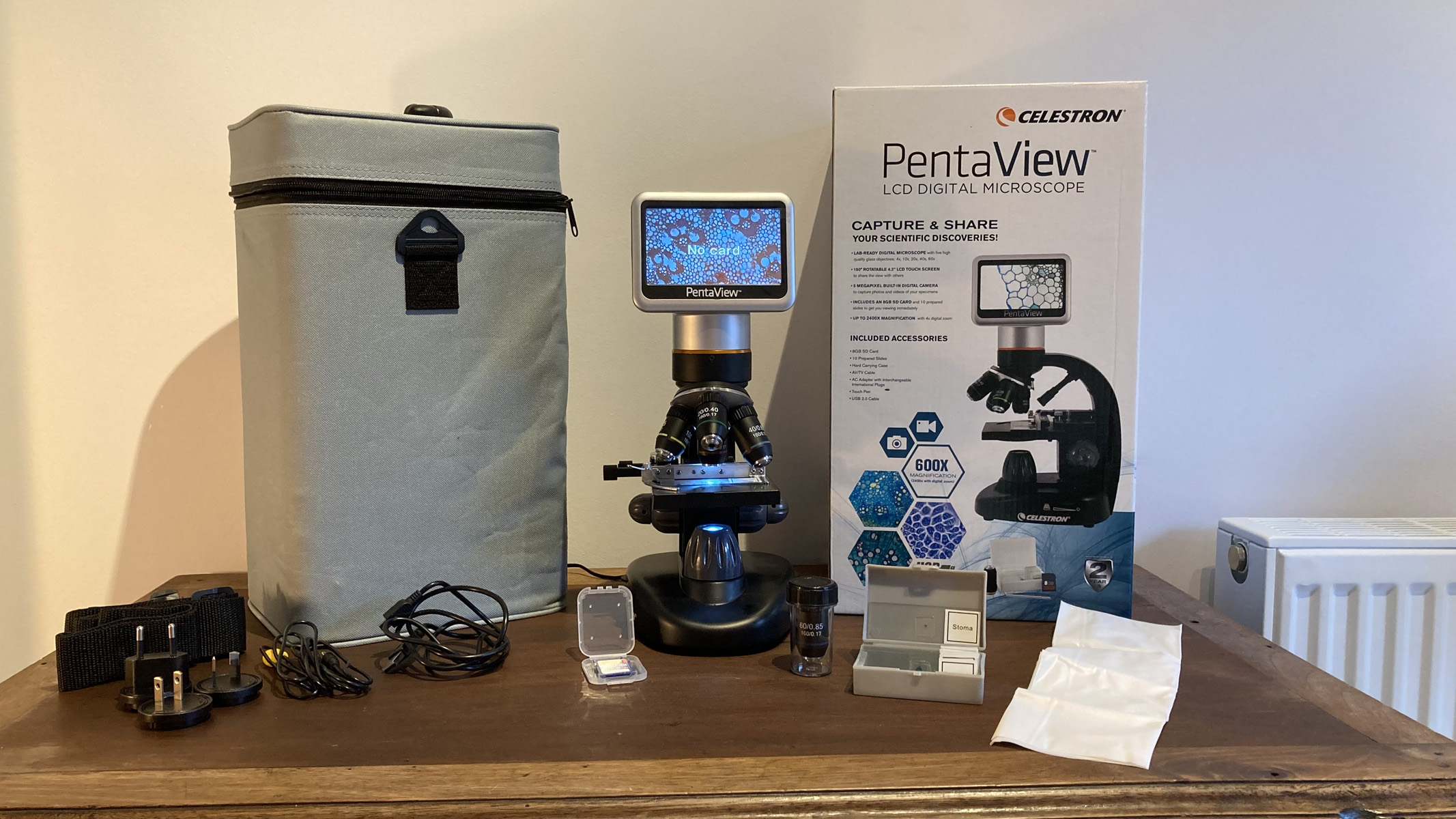Marine Drugs, Vol. 22, Pages 508: New Polyhydroxysteroid Glycosides with Antioxidant Activity from the Far Eastern Sea Star Ceramaster patagonicus
Marine Drugs doi: 10.3390/md22110508
Authors: Timofey V. Malyarenko Viktor M. Zakharenko Alla A. Kicha Arina I. Ponomarenko Igor V. Manzhulo Anatoly I. Kalinovsky Roman S. Popov Pavel S. Dmitrenok Natalia V. Ivanchina
Four new glycosides of polyhydroxysteroids, ceramasterosides A, B, D, and E (1–4), and two previously known compounds, ceramasteroside C1 (5) and attenuatoside B-I (6), were isolated from an extract of a deep-sea sea star species, the orange cookie star Ceramaster patagonicus. The structures of 1–4 were elucidated by the extensive NMR and ESIMS methods. Steroid monoglycosides 1 and 2 had a common 3β,6α,8,15β,16β-pentahydroxysteroid nucleus and a C–29 oxidized stigmastane side chain and differed from each other only in monosaccharide residues. Ceramasteroside A (1) contained 3-O-methyl-4-O-sulfated β-D-xylopyranose, while ceramasteroside B (2) had 3-O-methyl-4-O-sulfated β-D-glucopyranose, recorded from starfish-derived steroid glycosides for the first time. Their biological activity was studied using a model of lipopolysaccharide-induced (LPS) inflammation in a SIM-A9 murine microglial cell line. During the LPS-induced activation of microglial cells, 1, 3, and 5, at a non-toxic concentration of 1 µM, showed the highest efficiency in reducing the production of intracellular NO, while 4 proved to be most efficient in reducing the extracellular nitrite production. All the test compounds reduced the LPS-induced malondialdehyde (MDA) production. The in vitro experiments have demonstrated, for the first time, the antioxidant activity of the compounds under study.

 1 month ago
15
1 month ago
15


